Popular Lacrosse Heads
See more Popular Lacrosse Heads
ECD Lacrosse Weapon X
21 Available

Maverik Havok 2.0
21 Available

Maverik Tactik 3.0
60 Available
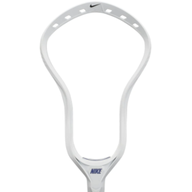
Nike L3
46 Available
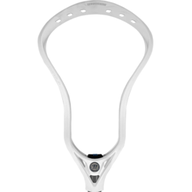
Warrior Evo Qx-O
79 Available

Maverik Tank 2.0
17 Available

ECD Lacrosse Ion
188 Available

Maverik Optik 3.0
90 Available

ECD Lacrosse Mirage 2.0
108 Available
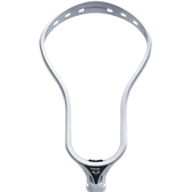
ECD Lacrosse DNA 2.0
43 Available

STX Surgeon 1K
56 Available
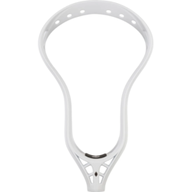
StringKing Mark 2V
90 Available
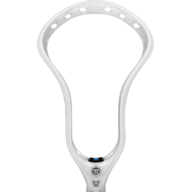
Warrior EVO QX2-O
28 Available
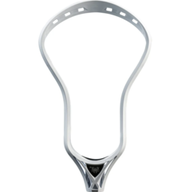
ECD Lacrosse Rebel
83 Available
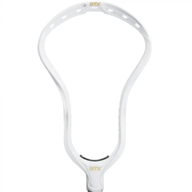
STX Stallion 900
49 Available

Maverik Kinetik 2.0
84 Available

Maverik Kinetik 3.0
48 Available
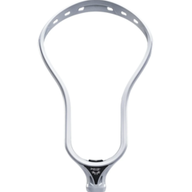
ECD Lacrosse DNA
41 Available

Maverik Tactik 2.0
80 Available

STX Ultra Power
36 Available
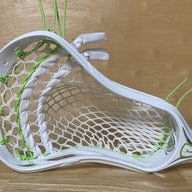
Adrenaline Nomad
13 Available

StringKing Mark 2A
74 Available
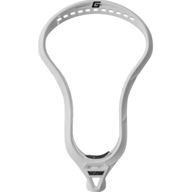
Gait Mustang
24 Available

STX Surgeon 900
47 Available

Gait GC3
28 Available

Under Armour Command
84 Available
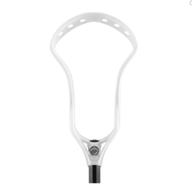
Maverik Kinetik
75 Available
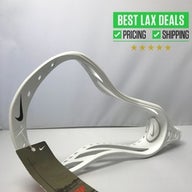
Nike Lakota 2
27 Available

Maverik Optik 2.0
33 Available

STX Stallion 700
41 Available
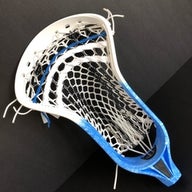
Epoch Z-ONE
34 Available

Maverik Centrik
17 Available
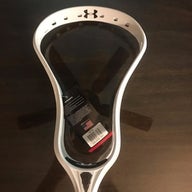
Under Armour Command Low
39 Available
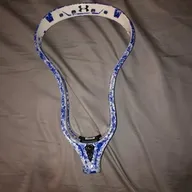
Under Armour Command 2
38 Available

Warrior Burn 2
16 Available

STX Duel 2
29 Available

STX Stallion
44 Available

Maverik Optik
34 Available
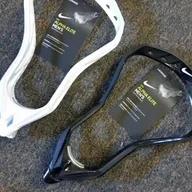
Nike Alpha Elite
15 Available
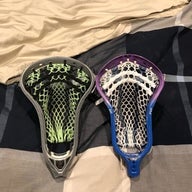
STX Surgeon 700
24 Available

STX Proton Power
23 Available

STX Super Power
36 Available
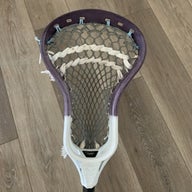
ECD Lacrosse Bravo 1
13 Available

Maverik Charger
11 Available

STX AV8
22 Available

Epoch Integra Z-One
11 Available

STX Stallion Omega
18 Available
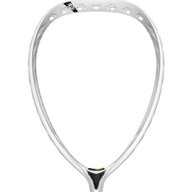
Warrior Nemesis 3
10 Available

STX Super Power Plus
13 Available
Shop by Brand
STXMaverikWarriorECD LacrosseBrineNikeEpochGaitHEADTrueAdrenalineAdidasTribe7ReebokHarrowEastondeBeerCascade
1,095 Results
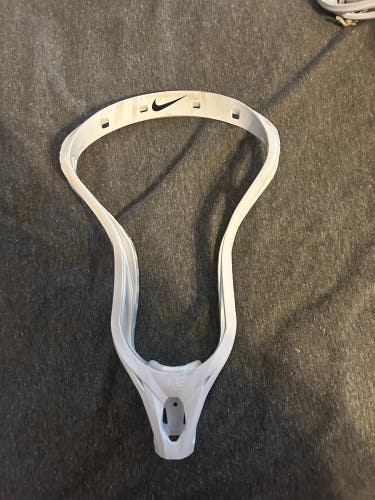
holdenhjemvick
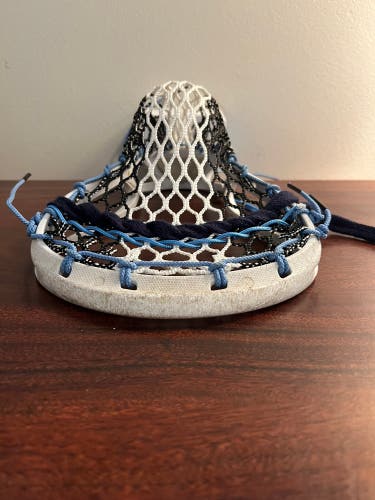
doverlaxfam2024
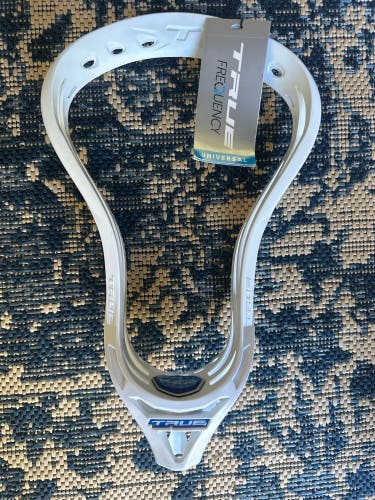
dommyjames

gaffney123
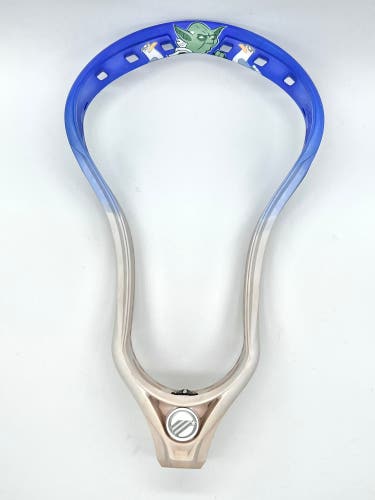
SCD_Lax
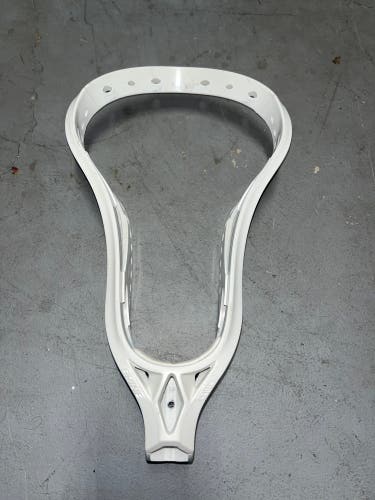
Jpozniak13
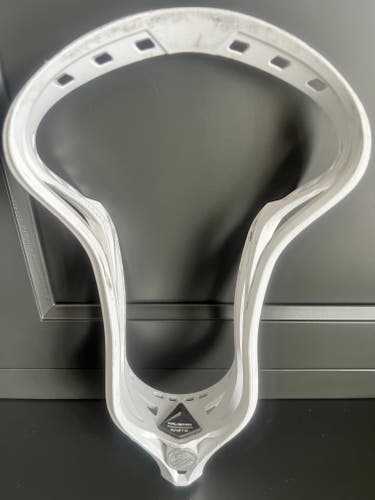
wiech3
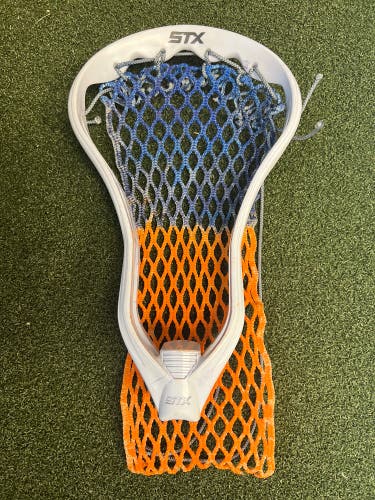
ReplayOwasso
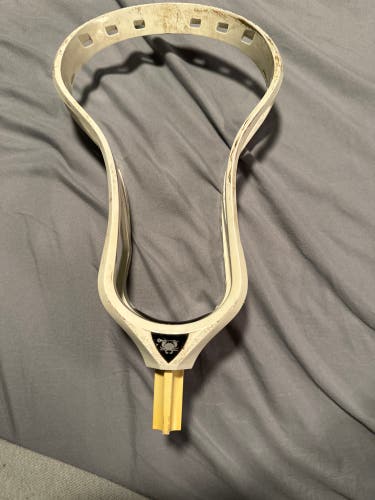
Shepfam
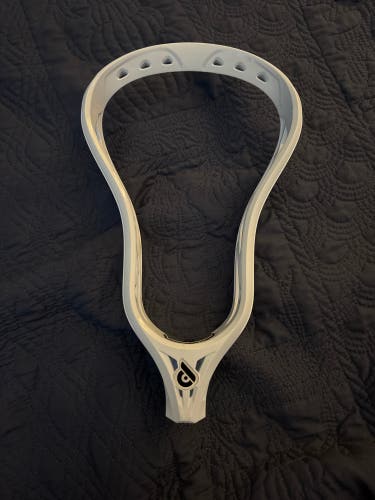
Laxplayer35
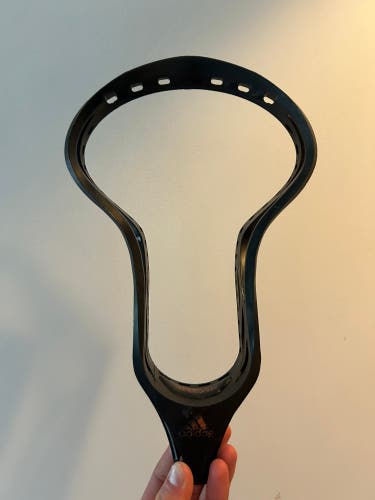
KristenPrisco
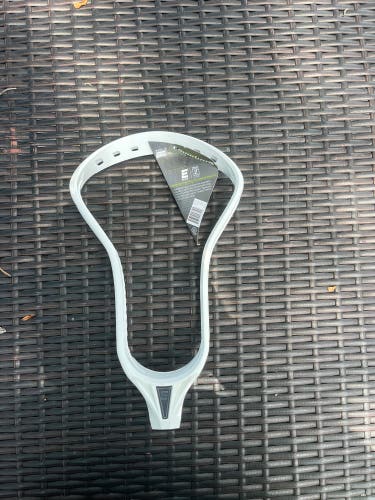
10lacrosse
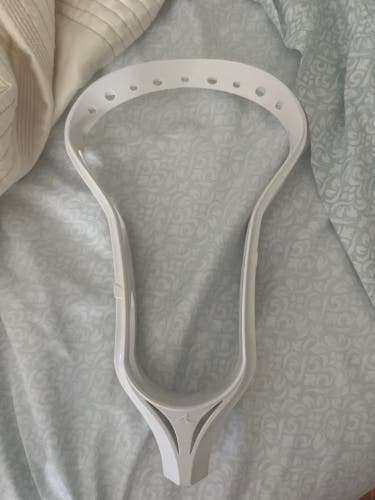
FreshMid

Ryan7866897
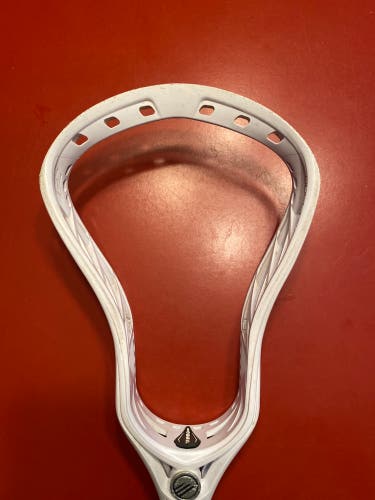
MMicha491
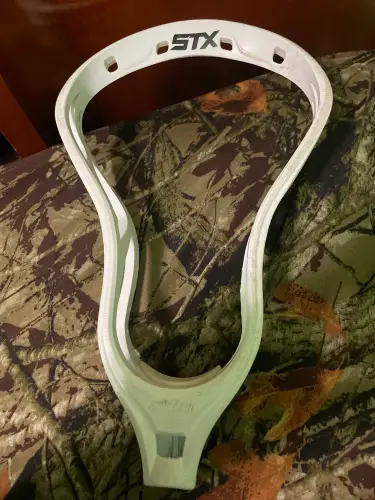
stulax21
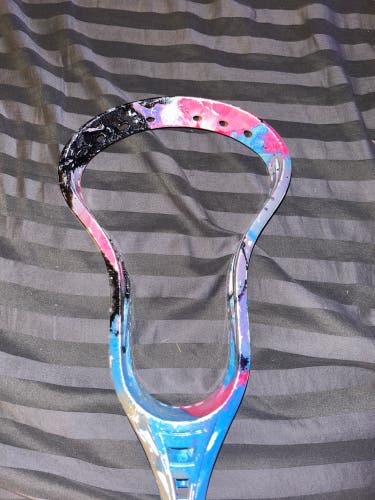
Beckettf12
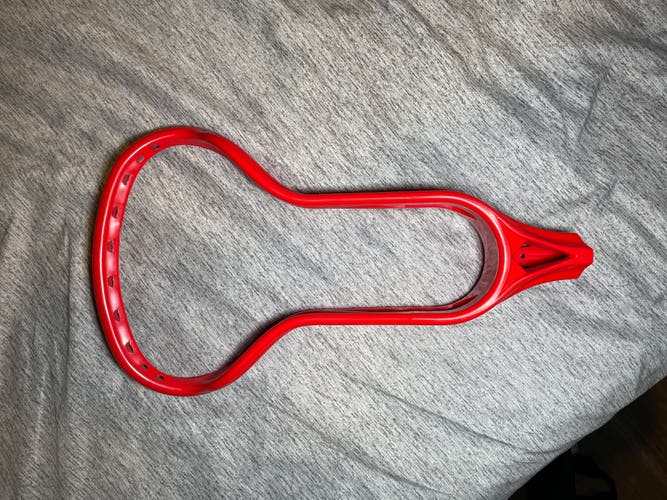
flyover_strings
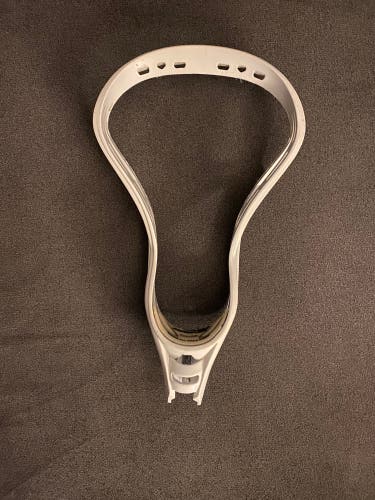
VintageLaxBrand
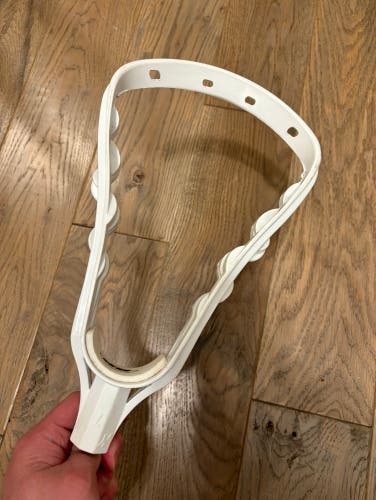
fat_lax

Rob_H30

jake4123

LachlanMo
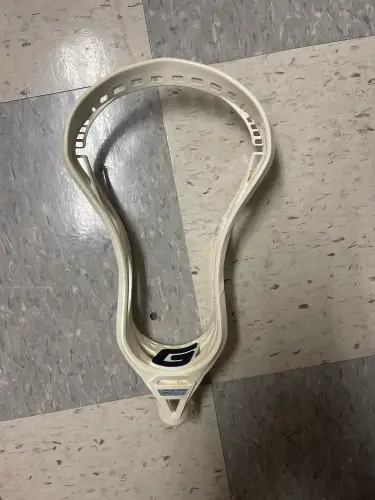
theller13

CEbert08
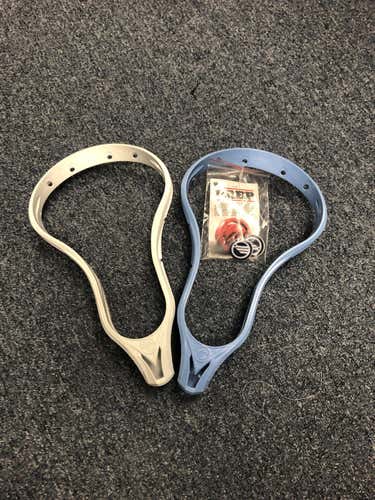
GoalEvo
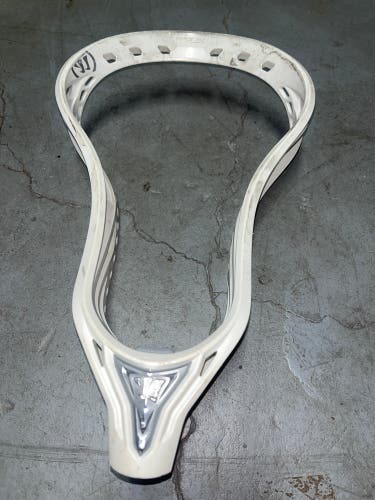
Jpozniak13

PapabearReyda

Athai33
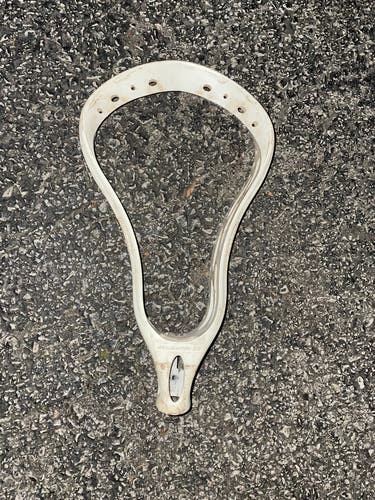
Sportsguru23
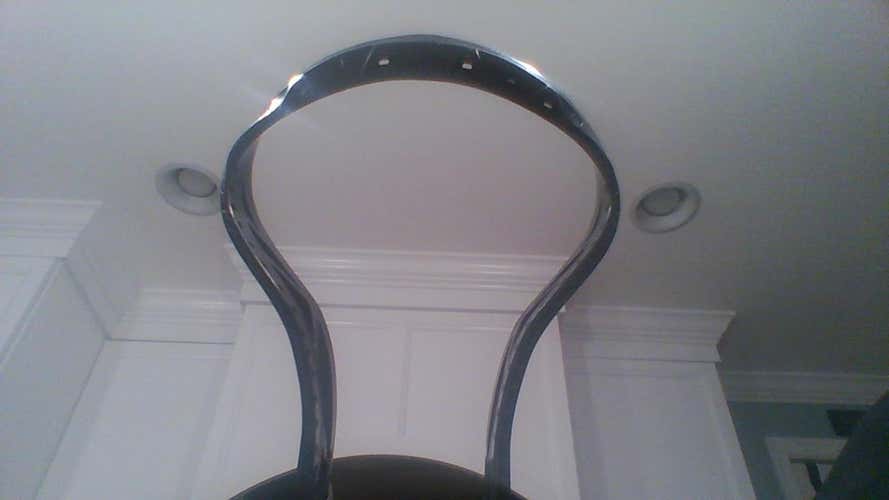
declan5monahan
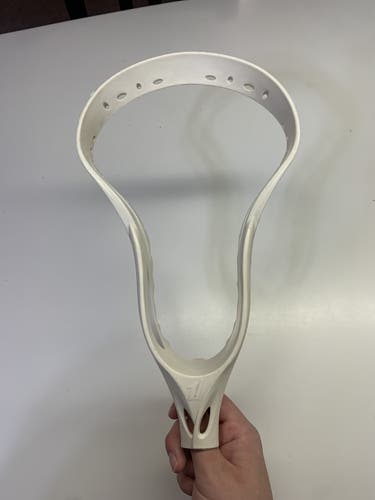
TuxedoLacrosse